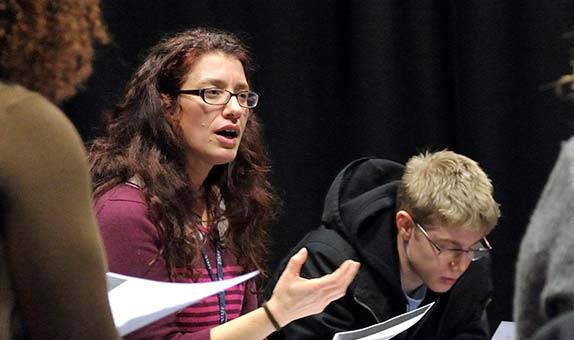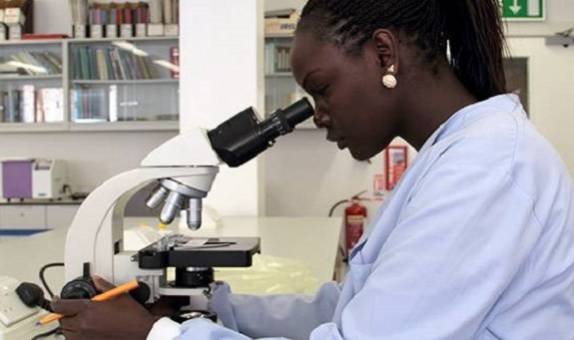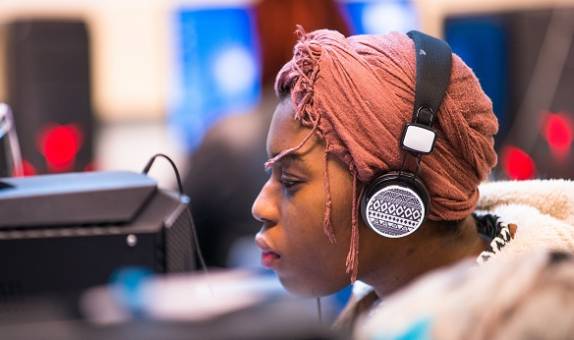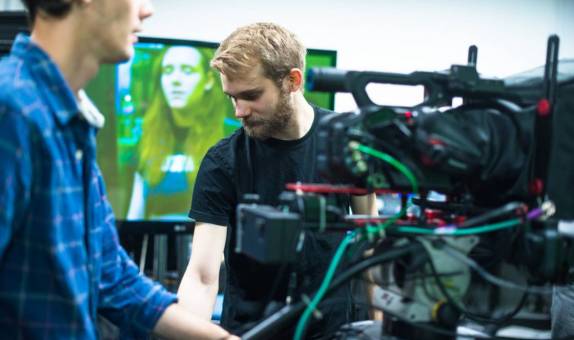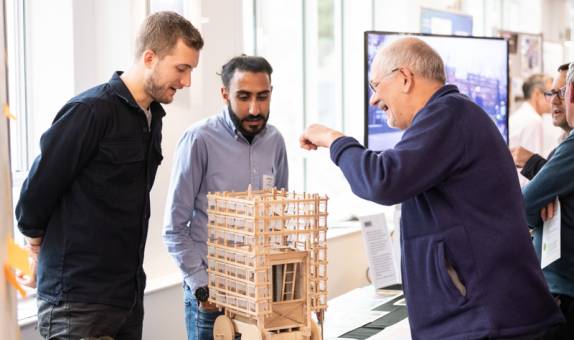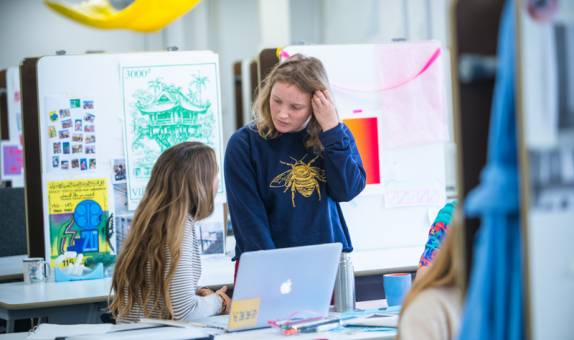Understanding contemporary art through philosophy
Research at Kingston University has challenged conventional understandings of contemporary art, contributing to wider institutional and public awareness of its philosophical aspects.
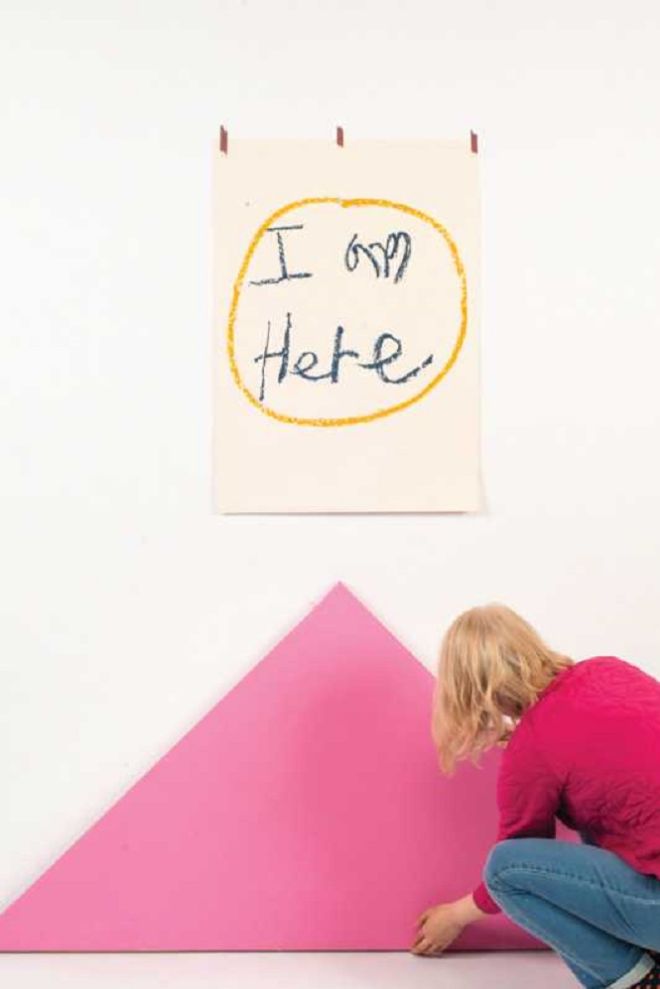
Professor Peter Osborne, director of the Centre for Research in Modern European Philosophy at Kingston University has made the first attempt at a systematic philosophical construction of a critical concept of contemporary art as part of a historical ontology of art, challenging conventional wisdom around conceptions of contemporary art.
His work led to two pilot projects in teaching philosophy to artists, as part of the constitutive ‘context of art' in postgraduate fine art education at two major art institutions, the Royal Institute of Art (RIA) in Sweden and the Yale University School of Art (YUSA) in the US. These experiments aimed to help transform philosophical materials into artistic materials.
At RIA, Professor Osborne designed a course titled ‘Philosophy in the context of art'.
This course encouraged artists to reflect critically upon their practices by drawing inspiration from philosophical concepts in producing new artworks. This was linked to an international conference, ‘Useless Uses: Use and Uselessness in Contemporary Art', which attracted funding from the Riksbankens Jubileumsfond (The Bank of Sweden Tercentenary Foundation).
Professor Osborne collaborated with the Dean at YUSA, on her new course: 'Diving into the Wreck: Rethinking Critical Practice' (2017–2020).
The course offered an alternative to craft-based pedagogy on the Yale MFA. Speaking of the course, the YUSA's Dean remarked: "It generated a long-term commitment to institutional change, locating critical studies with respect to artist practice and prompted students to closer cooperation with other departments within the University." Similar sentiments were echoed by RIA's Vice-Chancellor.
Professor Osborne has presented his work on the philosophical interpretation of contemporary art to art professionals at numerous artworld events internationally. His keynote lecture at the 2nd World Biennale Forum in São Paulo, attended by 800, was regarded as "a landmark for the professional art field in Brazil" by the co-director and co-curator of the event.
Professor Osborne's work was regarded as "an inestimable contribution to contemporary art" by organisers of the 49th Vipper Conference in Russia.
Moscow Art Magazine translated and published four chapters of Professor Osborne's book The Postconceptual Condition (2018) in 2015-2019.
Professor Osborne's research has made a major contribution to critical thinking around contemporary art for the professional art field, which has also prompted changes in the design and delivery of art education.
Contact us
- For non-student research enquiries, email the Research Office
- For research impact and REF enquiries, email the REF and Impact Team.
- Research contacts
- How to get to Kingston University



